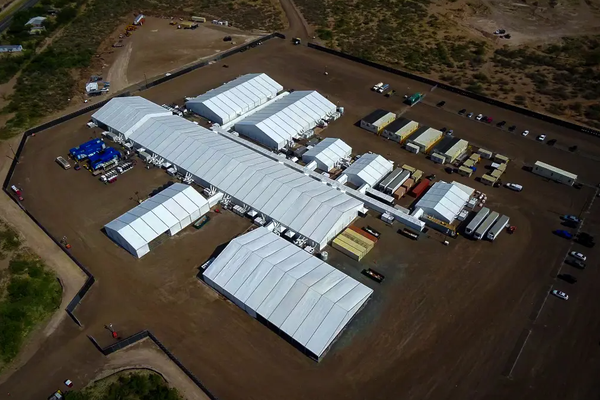
The UK housing market was “subdued” in March with prices edging down on the previous month as high mortgage rates continued to affect the market, according to Nationwide building society.
It is the first time in three months that house prices have fallen, after gains of 0.7% in the previous two months.
The average price of a home fell 0.2% from February to March, to £261,142, after a seasonal adjustment to the figures.
However, March’s figure was up by 1.6% on the same month last year, a step up in pace on February’s annual change of 1.2%.
Robert Gardner, Nationwide’s chief economist, said: “Activity has picked up from the weak levels prevailing towards the end of 2023 but remain relatively subdued by historic standards.
“For example, the number of mortgages approved for house purchase in January was about 15% below pre-pandemic levels. This largely reflects the impact of higher interest rates on affordability.”
Mortgage rates have dropped significantly from the middle of last year, when a typical five-year deal had risen above 5.5%. Figures from Nationwide indicated that the average was down below 4.5%.
The building society, which is the country’s third biggest mortgage provider and is in the process of buying Virgin Money for £2.9bn, said that with the cost of living pressure easing and inflation rates reducing, consumer sentiment was improving, with surveyors reporting a pickup in new buyer inquiries.
It also indicated that wage growth was outpacing house price growth, which would make buying a home more affordable for prospective buyers.
Gardner said: “If these trends are maintained, activity is likely to gain momentum, though the pace of the recovery is still likely to be heavily influenced by the trajectory of interest rates.”
The Bank of England’s base rate remains at 5.25% but policymakers signalled last month that there could be three interest rate cuts this year after seeing “encouraging signs” of falling inflation.
Investors expect a first cut in June or August, with rates dropping to about 4.5% by the end of 2024.
The figures show a divide in annual house price growth between the north and south of England. Prices were up by 1.7% year on year in northern England, including the north-east, north-west, Yorkshire and the Humber, east Midlands and West Midlands.
In southern England, including the south-west, outer south-east, outer metropolitan, London and East Anglia, prices dropped by 0.3%. London was the outlier in these figures, with growth of 1.6%.
The south-west of England was the worst performing region, with prices down 1.7% year on year.
Guy Gittins, the chief executive of Foxtons, said his company had seen a notable uplift in viewing requests and offers in recent months.
He said: “Higher mortgage rates do remain a concern for many buyers and will continue to influence the price they are able to pay to a degree. However, with interest rates expected to fall this year, market confidence is high and we’re continuing to see buyers move forward with their plans to purchase undeterred.”
This was backed up by Bank of England figures released on Thursday, which showed there were 60,383 mortgage approvals in February, up from the 56,087 recorded in January.
This was the highest number registered since September 2022 and well above what experts had predicted, with economists polled by Reuters forecasting about 56,5000 approvals.
Gareth Lewis, the managing director of the property lender MT Finance, said: “These are positive, encouraging figures. Buyers are comfortable that the interest rate environment is settled and are willing to put their hands in their pockets and buy a property.”







